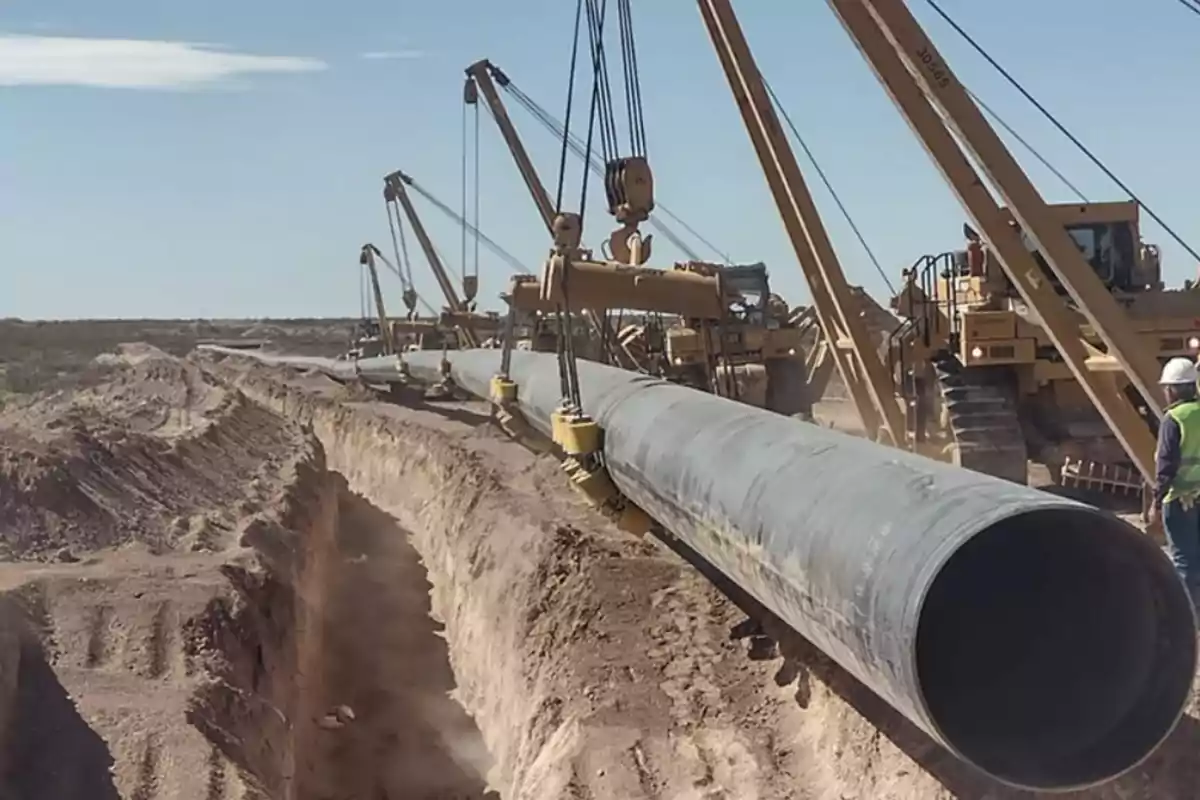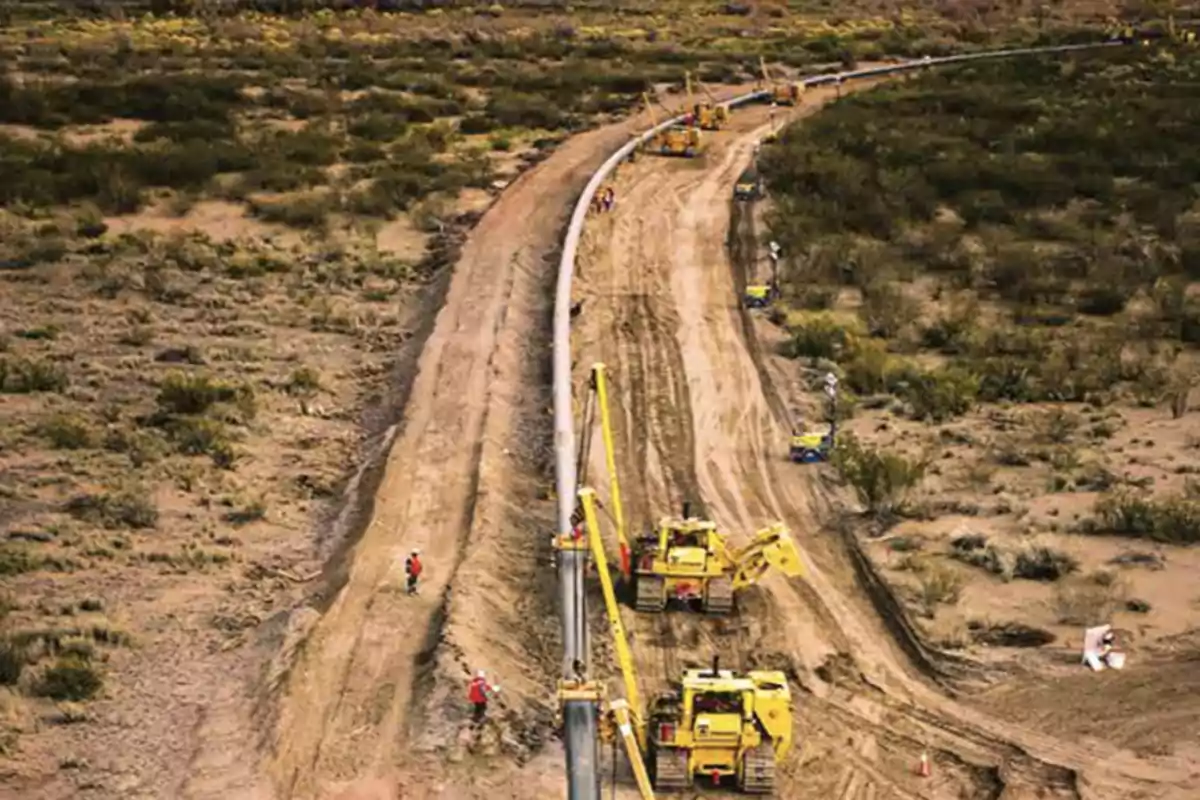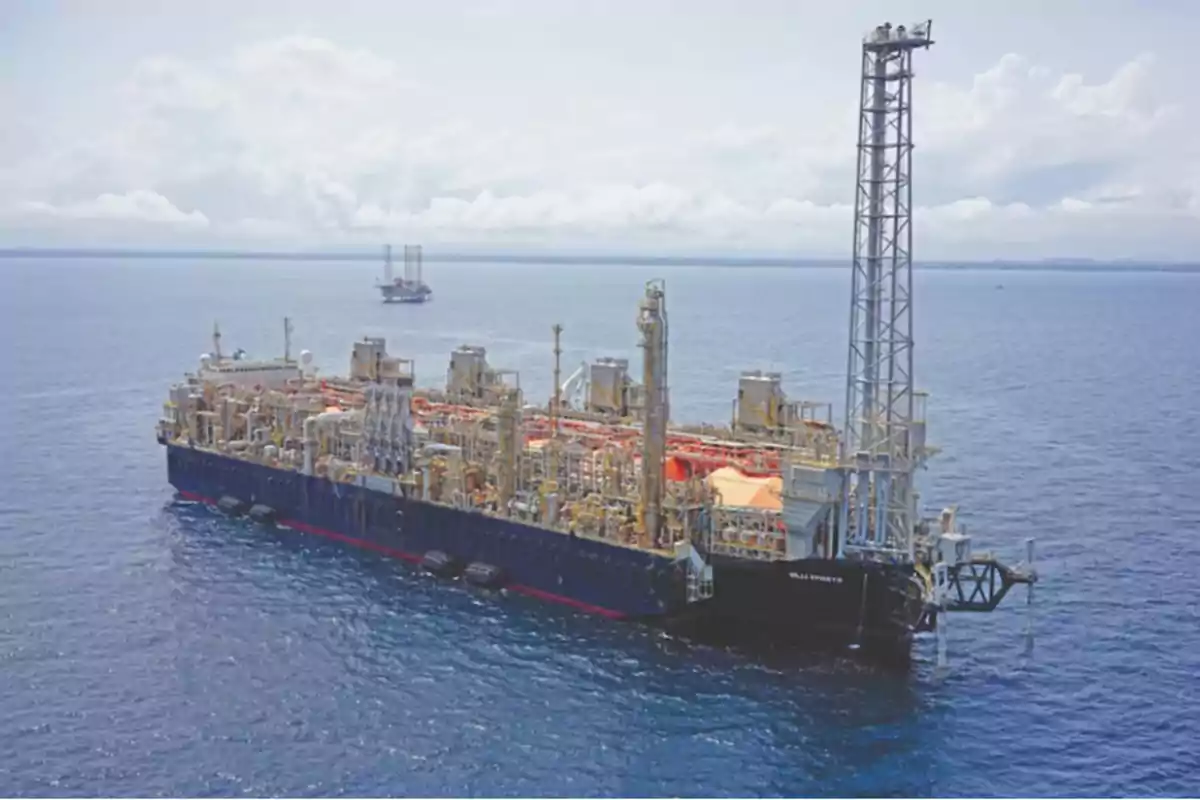
Vaca Muerta: the largest gas pipeline in Latin America is projected to export LNG
YPF and companies in the sector are moving forward with a plan to connect the oil field to the coast of Río Negro
The main Argentine oil companies, led by YPF, are analyzing the construction of a large-scale gas pipeline connecting Vaca Muerta with the Atlantic coast of the province of Río Negro.
The objective is to supply the different stages of the Argentina LNG megaproject, which seeks to position the country as a key player in the global Liquefied Natural Gas (LNG) market.
An unprecedented project in the region
According to sector sources confirmed to Infobae, the pipeline would have a transport capacity of up to 50 million cubic meters per day (MMm3/d), making it the largest in the region and doubling the capacity of the Presidente Perito Moreno Gas Pipeline (formerly Néstor Kirchner). An alternative with two parallel pipelines is also being studied. The final route and the financing scheme are still under evaluation.
This development responds to the strong growth of shale gas in Vaca Muerta and to the need to expand infrastructure to evacuate the fluid. The growing unconventional production and advances in liquefaction place Argentina before a strategic opportunity to enter the international LNG trade with strength.

Argentina LNG phases and key players
The first stage of the project is led by the Southern Energy LNG consortium, which includes Pan American Energy, YPF, Pampa Energía, Harbour Energy, and Golar LNG. This phase contemplates two floating liquefaction vessels —the Hilli Episeyo and the MK II— with a combined capacity of 6 Mtpa. The first is expected to begin operations in 2027 and the second in 2028, with the FID for the MK II scheduled for the third quarter of 2025.
In later phases, YPF will partner with Shell (second stage, 10 Mtpa) and possibly with Eni (third stage, 12 Mtpa). In total, the project could reach 28 Mtpa, almost the total volume of gas produced locally in 2024.
Economic and strategic impact
During the first quarter of 2025, natural gas exports averaged 4.2 MMm3/d, mainly destined for Chile and to a lesser extent Brazil. However, the current infrastructure doesn't allow for high exports to be sustained throughout the year. The construction of the new pipeline would be key to ensuring continuous supply to the liquefaction vessels and enabling large-scale exports.

Meanwhile, other complementary projects such as Vaca Muerta Oil Sur are advancing, which will connect the Neuquén basin with Punta Colorada. This project would streamline logistics and strengthen the region's export potential starting in 2027.
Renewed confidence from the private sector
According to Rystad Energy data, 43% of merger and acquisition (M&A) operations in Latin American upstream during the first quarter of 2025 took place in Argentina. In addition, the Norwegian company Equinor, which had announced its withdrawal, decided to continue in Vaca Muerta after improvements in operational and financial conditions.
This shift, together with the projects underway, reinforces international confidence in the country's energy potential, in a global context of growing demand and expansion of worldwide LNG export capacity.
More posts: